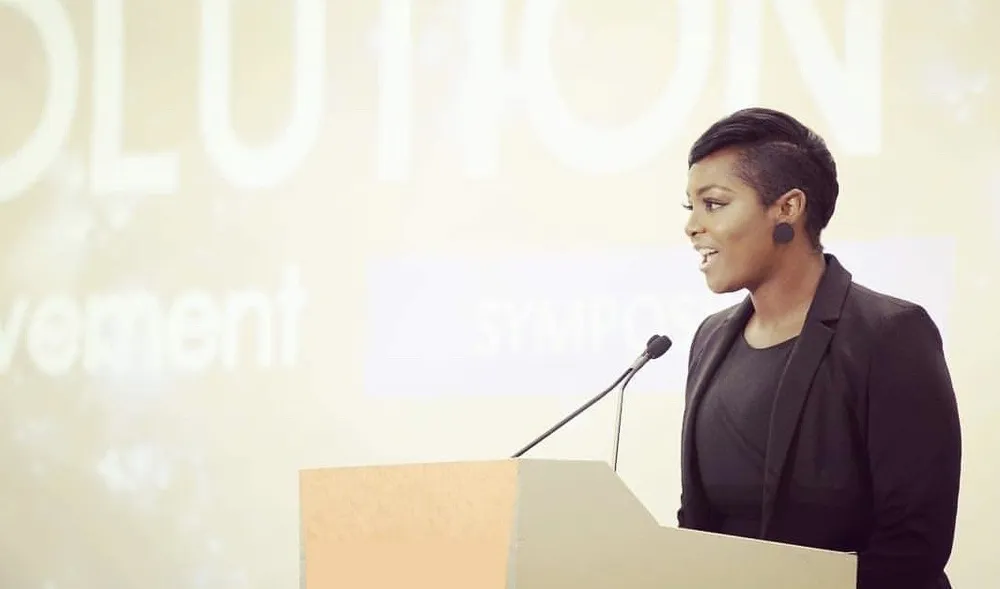A public transportation technology partnership between Salt Lake City and Siemens in the US has resulted in 1,300 new jobs that have spurred an estimated $225 million in value to the local economy, according to a study conducted by the Economic Development Research Group, a Boston-based research company Siemens hired to assess the economic impact of the project.
Since 1996, Siemens has manufactured and delivered 117 light rail vehicles for UTA’s TRAX light rail streetcar lines. The company is building t
June 25, 2015
Read time: 3 mins
A public transportation technology partnership between Salt Lake City and 189 Siemens in the US has resulted in 1,300 new jobs that have spurred an estimated $225 million in value to the local economy, according to a study conducted by the Economic Development Research Group, a Boston-based research company Siemens hired to assess the economic impact of the project.
Since 1996, Siemens has manufactured and delivered 117 light rail vehicles for UTA’s TRAX light rail streetcar lines. The company is building the customised light rail vehicles out of its 800-person rail manufacturing hub in Sacramento, California. Results indicate that the light rail extension reduced residents’ dependence on private vehicles and spurred high-density development, thereby decreasing the region’s carbon footprint, improving local air quality, and proactively managing traffic congestion.
The study looked beyond well-documented short-term spending effects to also examine long-term economic benefits like spatial efficiency, private sector investment, and cost savings that are reinvested elsewhere. For instance, major companies including Adobe, eBay, Goldman Sachs, Overstock.com, and Workday have made office location decisions based, in part, by proximity to the TRAX and FrontRunner stations.
“The Siemens cars that form the backbone of our TRAX light rail system and recently opened S-Line Streetcar here in Salt Lake City are reliably getting tens of thousands of our residents where they need to go every day,” said Salt Lake City Mayor Ralph Becker. “Siemens technology is integral in our efforts to get cars off the roads, address our local air quality challenges and continue to improve the liveability, and sustainability, of our community.”
"Siemens has been a great partner for our TRAX light rail system," said UTA president and CEO Michael Allegra. "TRAX has been reliable and a success by any measure with some of the highest ridership numbers in the entire UTA system. The economic development along our lines has been steady and a huge benefit to the entire community."
"Utah's economy is leading the nation and this reports shows part of our success can be attributed to our commitment to transportation investment as a state," said Abby Albrecht, director of Utah Transportation Coalition. "As we look to the future, building on these investments wisely will ensure we continue to economically prosper."
“We’re proud that our long-standing technology partnership with the5583 Utah Transit Authority has resulted not only in economic growth but job creation throughout the Salt Lake City region,” said Michael Cahill, president of Siemens Rolling Stock. “Rail projects like these are proof that when you spend on infrastructure, you get a multiplier effect that boosts productivity and attractiveness for investment.”
Since 1996, Siemens has manufactured and delivered 117 light rail vehicles for UTA’s TRAX light rail streetcar lines. The company is building the customised light rail vehicles out of its 800-person rail manufacturing hub in Sacramento, California. Results indicate that the light rail extension reduced residents’ dependence on private vehicles and spurred high-density development, thereby decreasing the region’s carbon footprint, improving local air quality, and proactively managing traffic congestion.
The study looked beyond well-documented short-term spending effects to also examine long-term economic benefits like spatial efficiency, private sector investment, and cost savings that are reinvested elsewhere. For instance, major companies including Adobe, eBay, Goldman Sachs, Overstock.com, and Workday have made office location decisions based, in part, by proximity to the TRAX and FrontRunner stations.
“The Siemens cars that form the backbone of our TRAX light rail system and recently opened S-Line Streetcar here in Salt Lake City are reliably getting tens of thousands of our residents where they need to go every day,” said Salt Lake City Mayor Ralph Becker. “Siemens technology is integral in our efforts to get cars off the roads, address our local air quality challenges and continue to improve the liveability, and sustainability, of our community.”
"Siemens has been a great partner for our TRAX light rail system," said UTA president and CEO Michael Allegra. "TRAX has been reliable and a success by any measure with some of the highest ridership numbers in the entire UTA system. The economic development along our lines has been steady and a huge benefit to the entire community."
"Utah's economy is leading the nation and this reports shows part of our success can be attributed to our commitment to transportation investment as a state," said Abby Albrecht, director of Utah Transportation Coalition. "As we look to the future, building on these investments wisely will ensure we continue to economically prosper."
“We’re proud that our long-standing technology partnership with the









